News of the Italian armistice on 8 September 1943 came as a shock to troops stationed in Italy’s Chinese concessions (European diplomatic and commercial enclaves within China). It did not take long for the Japanese to react, sending elements of their 27th Infantry Division to round up the now-suspect Italians. If they would not surrender peacefully, the Japanese commander had orders to eliminate the outposts by any means.
100 marines of the Carlotto Battalion, San Marco Regiment, garrisoned the Beijing radio station. They were led by Lt. Cmdr. Baldassare, a professional and committed officer. On 8 September, communication with Italy produced confusing reports of what was happening. No one knew at this point how the Japanese would react, but it was well known that the Japanese army viewed all Europeans with contempt. Baldassare’s men decided to fortify their position, ready what weapons were available, and await developments.
Those developments came quickly. The morning of 9 September saw the radio tower cantonment surrounded by approximately 1,000 Japanese troops, supported by 15 Type-95 Ha-Go light tanks.
Baldassare held a conference with his troops and made clear his determination to resist – a determination shared by all his men. The marines, however, would be outnumbered 10 to 1.
Even more problematic was their lack of support weapons. Most of the marines had only carbines and pistols. There was, however, a plentiful supply of hand grenades, and in the narrow streets around the concession these could be put to deadly use against the thinner armour of the Japanese light tanks.
After refusing an offer of surrender, Baldassare quickly ordered his radio operators to burn secret documents, then tasked some men with laying explosives on the radio tower itself. It was at this point that the Japanese decided to make their first assault. The situation was entirely hopeless for the Italians. 5,000 miles from home, there was no possibility of any relief. Baldassare’s marines would be fighting for their regimental honour alone.
Forces
Japanese
The Japanese 27th Division was a garrison division – most of its men having no serious combat experience. Its last major engagement had been the Battle of Wuhan during the summer and autumn of 1938. In addition, its heavy equipment was limited. To reflect this, the Japanese units are very much a mixed bag in terms of quality. Each Imperial Japanese Infantry squad should be comprised of ten men.
- Ten Imperial Japanese Infantry squads (Green – refer to page 90 of the Bolt Action rulebook)
- Three Imperial Japanese infantry squads (Regular)
- One Imperial Japanese MMG team (Veteran)
- One Imperial Japanese Officer – Captain (Regular)
- Three Type-95 Ha Go light tanks (Regular)
Italians
The San Marcos were a cut above the norm and were fighting with their backs firmly to the wall. Grenades were plentiful within the Concession and the marines were not afraid to use them. All San Marco marines should be comprised of nine men, they are all equipped with anti-tank grenades and thus have the Tank Hunters special rule.
The San Marco Regiment
The marines of the San Marco Regiment were not the usual poorly led Italian masses, but tough professionals with high levels of training and a fierce pride in their unit. Their history could be traced back to 1713. During WWII, the regiment was first tasked with making amphibious landings on the Yugoslav coast, which it did successfully. Next came an intensive period of training for the planned invasion of Malta, an operation which never materialised.
San Marco men then fought hard in the Western Desert. The 3rd battalion defended against a disastrous British Commando raid on Tobruk during the night of 13th – 14th September 1942, taking 200 Commandos prisoner. It would later fight to the point of destruction on the Mareth Line.
Following Italy’s surrender, most of the San Marco men in Europe changed sides, with only the 4th (Caorle) Battalion electing to remain with the Axis.
German General Von Arnim said of the San Marco’s fighting abilities in Tunisia in 1943 that they were, “the best soldiers I ever commanded.”
- Six San Marco (Marines) Infantry Sections
- One Italian Officer (representing Baldassare) – Major (Veteran)
Iterum rudit leo (‘The lion roars again’)
San Marco Marines motto.
Set-Up
The gaming table should be 4ft by 2ft. At the centre place the radio tower building. This should be three stories high. All other buildings on the table should be two-story. Buildings should be of a brick, European construction, as the Beijing concession area was heavily Westernized at the time. A church should also be placed as shown in the below map:
The Italians must deploy first anywhere in their set up zone (the central area marked on the map). However, no Italian unit of any type may set up in the church.
Two of the Japanese squads (Regulars) have infiltrated the church and must be placed there. All other Japanese forces are left in reserve.
First Turn
All Japanese forces not deployed in the church will move onto the eastern or Western edges of the table during the first turn. The Japanese player may determine which side each of their units arrives on.
Special Rules
Ciao Cina!
Baldassare was loved by his men. His inspirational leadership was a key factor in why the Italians decided to fight. If he is killed, all Italian units within 12” must take an immediate +3 morale test. Units that pass become Fanatics (see page 90 of the Bolt Action rulebook). Units that fail lose their Veteran status and become Regular for the remainder of the scenario.
First Among Equals
Baldassare is more than willing to get stuck in. He has the Tough Fighters special rule (see page 91 of the Bolt Action rulebook).
Fired Up!
The two Japanese squads in the church are pleased to have outsmarted the cowardly Europeans… too pleased. When an Order Dice is assigned to either of these squads, they must immediately make an Order Check, regardless of whether they are Pinned or not. If they pass, they may be given orders as normal. If they fail, they must immediately make a Run move directly towards the nearest visible Italian unit, and perform an Assault if possible. If no Italian unit is visible, they may given orders as normal.
Game Duration
At the end of Turn 6 roll a die. On a result of 1, 2, or 3 the game ends. On a roll of 4, 5, or 6 play one further turn.
Victory!
Baldassare and his men are attempting to hold out until important documents and equipment are destroyed, and the radio tower itself can be blown up. Therefore, the Japanese player wins if they control the radio tower building at game end. Control is defined as having only Japanese units on at least two floors of the building. Any other result is an Italian victory.
An Italian win means Baldassare’s radio operators have managed to successfully sabotage their equipment before the Japanese onslaught can overwhelm the garrison. The San Marco men will have also shown that well-led and trained Italian troops can hold off a Japanese juggernaut.
A Japanese win means much of this equipment, and the tower itself, has been captured intact.
Historical Aftermath
Baldassare’s marines fought with pride and skill, destroying three enemy tanks and breaking up a banzai charge. They remained in control of the radio tower building for a further 24 hours, defending against further Japanese attacks. By the morning of 10 September, Baldassare decided that his men had proved their point. Further resistance was useless and would only result in annihilation. The Italians surrendered.
The Japanese gained possession of a destroyed radio tower, failing to find any intact secret documents.
As for the San Marcos, their situation was an exceptional one. They were given the choice of declaring their allegiance to the Axis, or becoming prisoners of war. The majority elected to continue fighting on the Axis side. 29 refused and were subsequently transported to a labour camp in Korea where they received the same terrible treatment meted out to other Allied prisoners.
Further towards the coast at Tietsin lay a larger Italian concession garrisoned by 600 soldiers and sailors, including many San Marco marines, commanded by Captain Carlo dell’Acqua. Considerably better equipped than the Italians at Beijing, this group had four cannone 75mm guns, as well as Lancia armoured cars. However, they would once again be outnumbered 10-to-1, this time by 6,000 Japanese soldiers of the 27th Division, supported by aircraft and gunboats.
Many Italian civilians were sheltering at Tietsin – and all had heard the horror stories about Japanese treatment of European women. Tanaka, the Japanese commander on the scene, called on dell’Acqua to surrender – an offer that was flatly refused. The Japanese prepared an artillery bombardment as a demonstration…
By Matthew Doherty
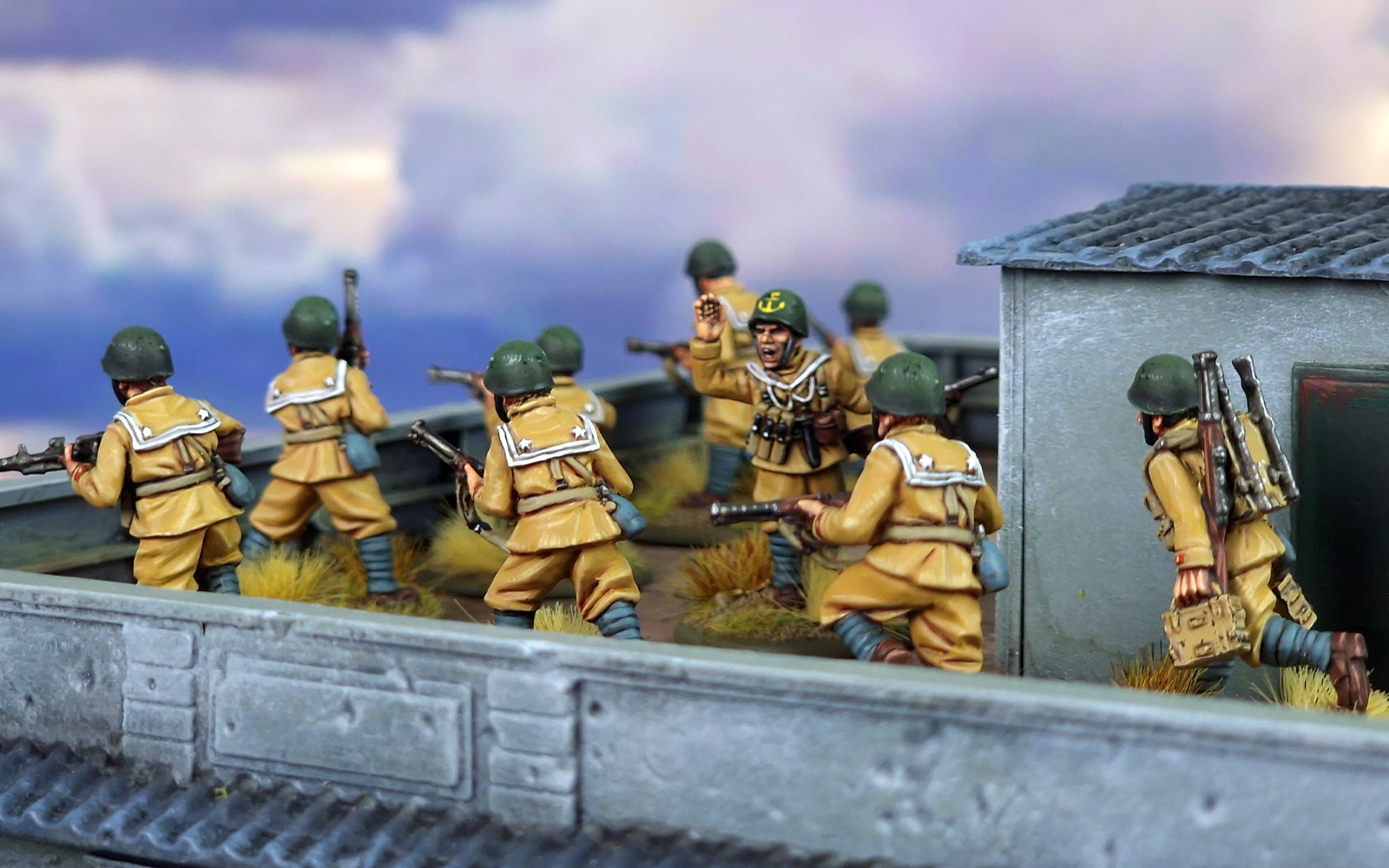
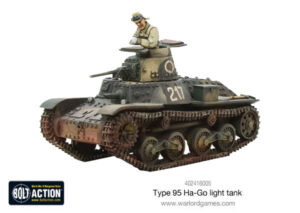
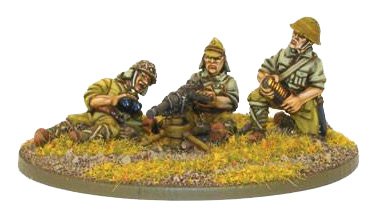
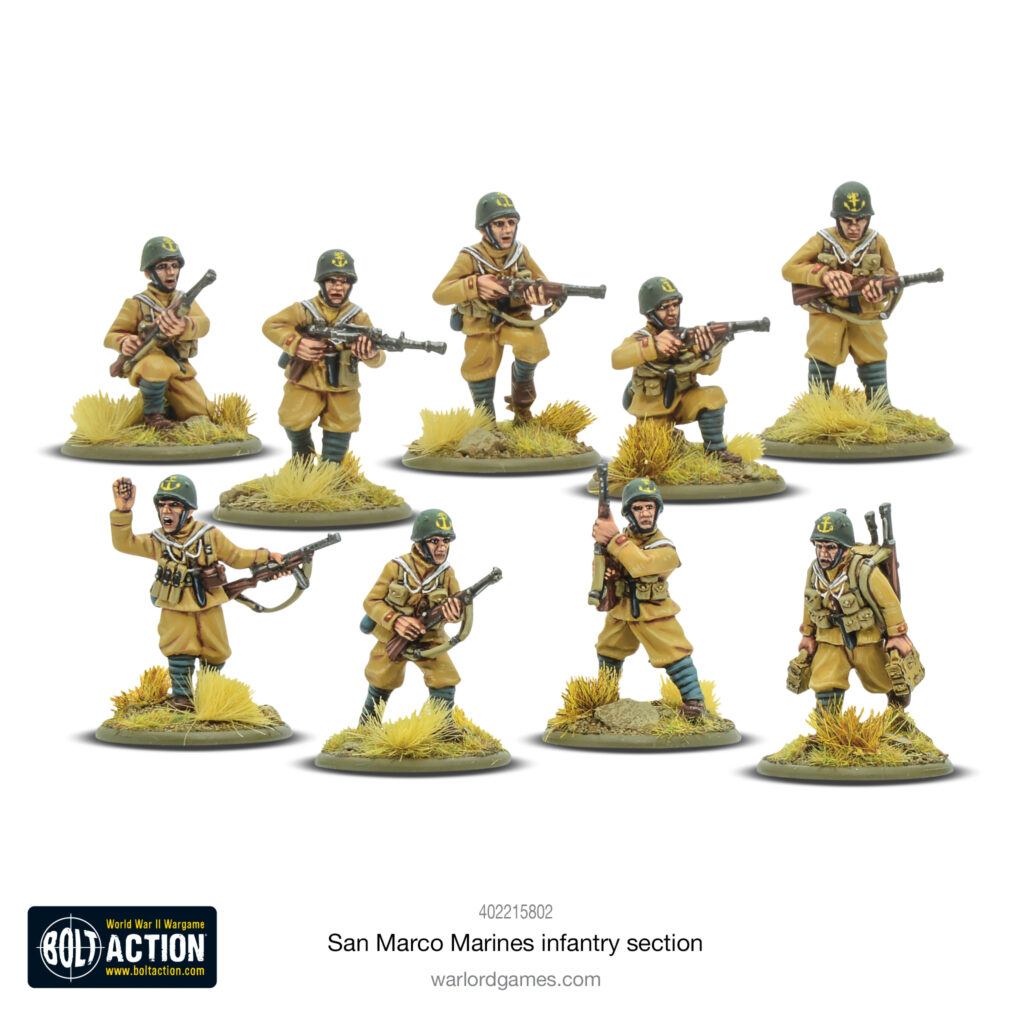
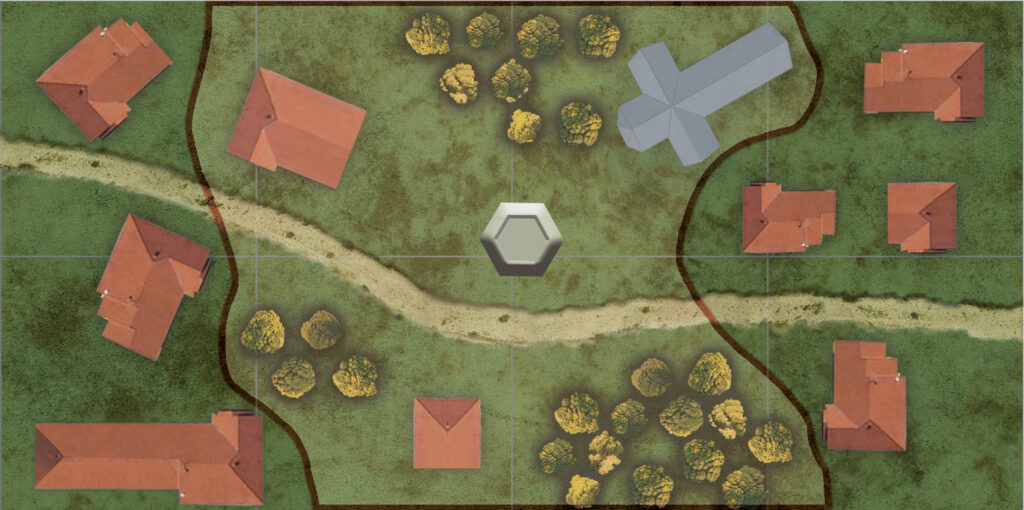
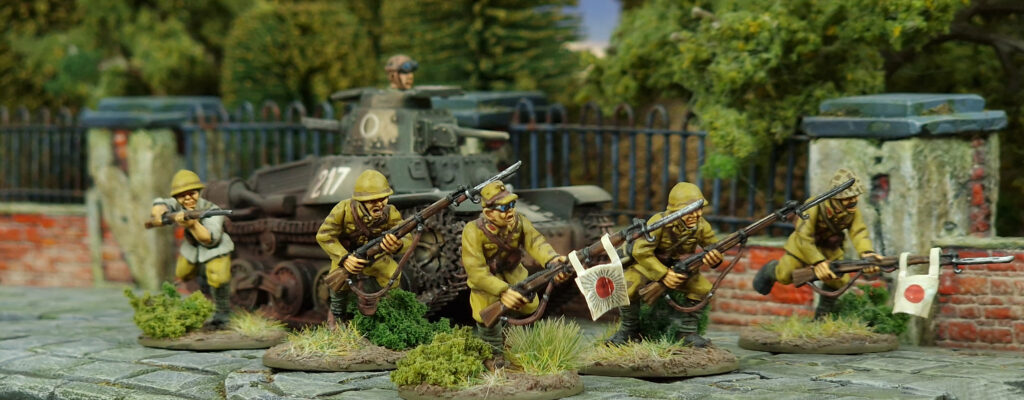
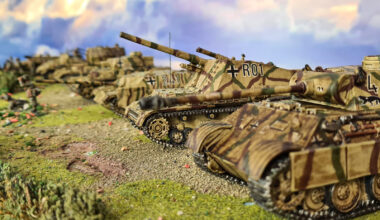
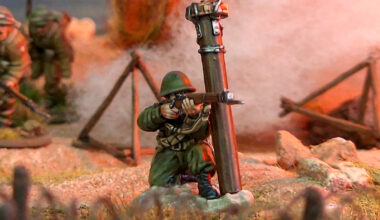
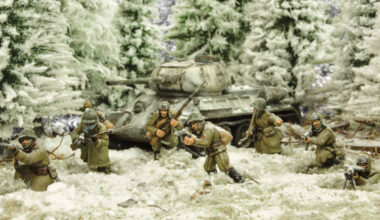
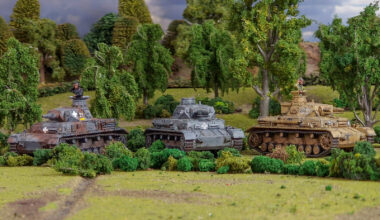
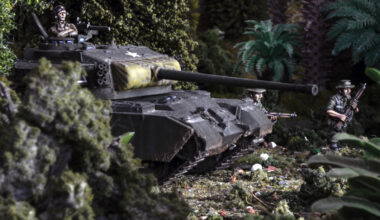
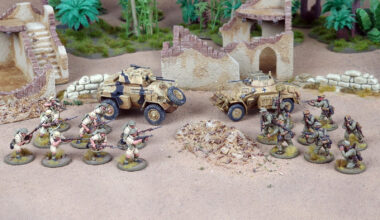
2 comments
bits like this, is why Warlord Games has a place in gamers hearts. excellent scenario and narrative as usual.
Fascinating bit of history and scenario that I never knew about.
Comments are closed.